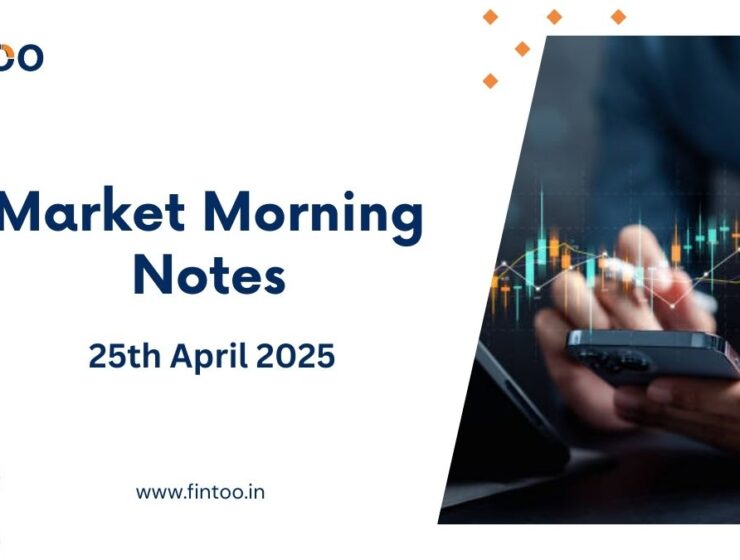

OUTLOOK ON INDIAN BANKING SECTOR
The banking sector has been the backbone of the economy, where the impact on one reflects on the other as well. When the economy is in the progressive phase, lending and borrowing activities increase significantly and this in turn leads to healthy growth in banks. While the economy passes through a rough, the defaults rise and this leads to an increase in bad assets (bad loans). For the country to achieve the USD 5 trillion economy target within the next five years, while also considering the various challenges due to lockdowns and economic slowdown, credit from banks must grow close to 12% every year in order to at least aim for a USD 5 trillion economy figure by 2024. At the same time, the Indian banking segment has remained resilient enough, growing consistently through multiple economic cycles in order to capitalize on every opportunity.
The past few months have been eventful from a banking sector perspective as many important announcements and developments have taken place with the view of enabling a faster recovery in the sector. Key events include budgetary announcement of formation of bad bank in order to reduce NPA burden of large banks, formation of Development Financial Institution (DFI) to help infrastructural lending, privatisation of PSU banks and the Supreme Court’s order to subdue the asset classification norms, and seeking complete interest waiver and extension of moratorium.
Popular Article: Quick tips for financial planning in 2021
According to Fitch Ratings, the second wave of Covid-19 infections in India has increased the risk of its delicate economic recovery and its banking sector. A mediocre growth environment is already expected for the banking sector in India with the rise in Covid infections. It has been observed that 80% of the new infections are in the states which accounts for around 45% of banking sector loan, where anymore disruption in the economic activity can pose a threat for the banking sector. This situation arises amidst the times when there have been many questions regarding the asset quality of the banks, as the impact of the first lockdown on the financials of the banks is yet to be realized. Although it is expected that the second wave will have a lesser impact as compared to the initial wave on the assessment of the operating environment in the banking sector, with better preparedness this time with digital advancement in the banking functionalities, and higher provisioning factoring the rise in NPAs beforehand which though would impact the profitability.
The downside risks that could surface in the next quarters would be:
- The ratio of gross NPA could rise from 7.5% in Sept 2020, to 14.8% by Sept 2021 in a severe stress scenario, while even under the baseline scenario it may rise to 13.5%.
- The RBI fears that the data on fresh loan defaults reported by banks does not reflect the true state of the banks’ portfolios.
- Due to prolonged uncertainty with the second wave of Covid, current local lockdowns and supply chain issues might affect the vulnerable small banks, NBFCs and their vulnerable customers from small borrowers to small and medium businesses.
- Bank credit growth remains elusive and slowest in the last 4 years, where the credit to businesses and individual slowed to 4.9% in FY21 from 6.8% in FY20.
- The payment rejection rates are back to January levels and are further expected to rise this month, with a forecast that the collection ratios might get hit by 5-10% due to the increase in the covid-19 cases in the country.
But despite the downside risks prevailing, the banking sector should manage to stay afloat by minimizing the dent to the growth prospects with the latest developments in the banking system and regular monitoring of RBI and accommodative measures taken to tackle the situation. Most banks have steadily increased the number of provisions to counter any possible COVID shock and have ramped up their digital capabilities to reach out to the customers reducing the risk and uncertainty in the physical functionalities. Banks have also addressed the stress on the mid and large corporate book, at least a significant part of it, either by pushing them to NCLT or using the one-time restructuring facility announced by the RBI last year. While, the latest measures taken today by RBI in terms of allowing Covid Loan book, liquidity measures for the healthcare system and the public in general, MFIs loan restructuring, and further extension of one-time restructuring facility for small borrowers, including individuals and MSMEs are steps taken in the right direction to keep in check the downside risks for the financial sector.
Overall, the banking sector though facing hiccups in the next couple of quarters, are resilient enough to stay afloat in the prevailing environment of uncertainties, and well poised for progressive growth over a longer term.
To Invest and keep regular track of your portfolio download: Fintoo App Android http://bit.ly/2TPeIgX / Fintoo App iOS http://apple.co/2Nt75LP
Related Posts
Stay up-to-date with the latest information.


